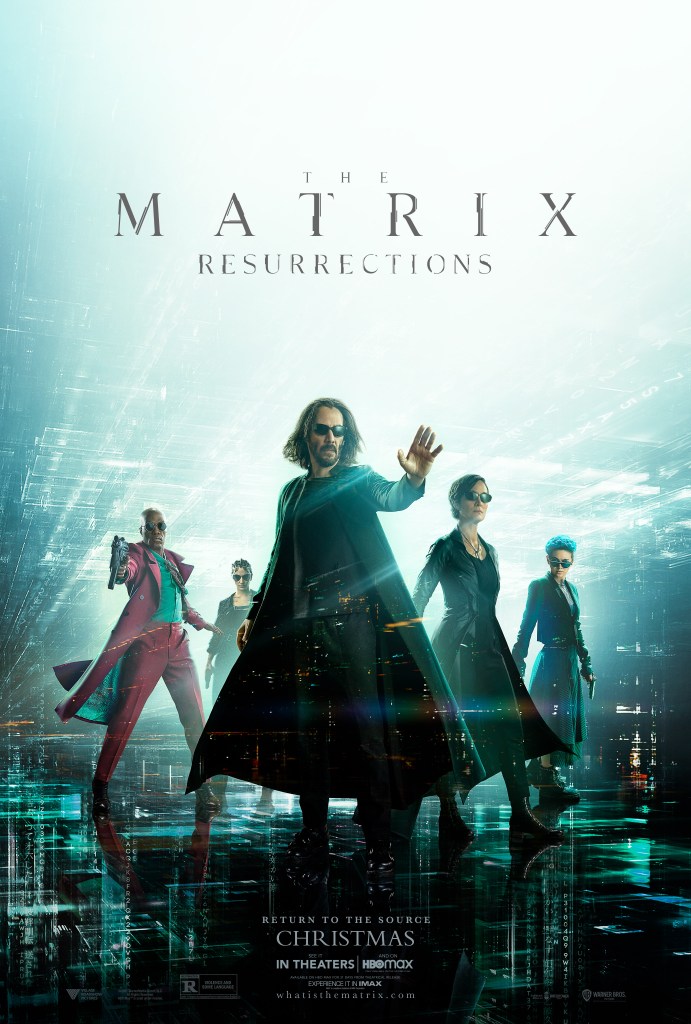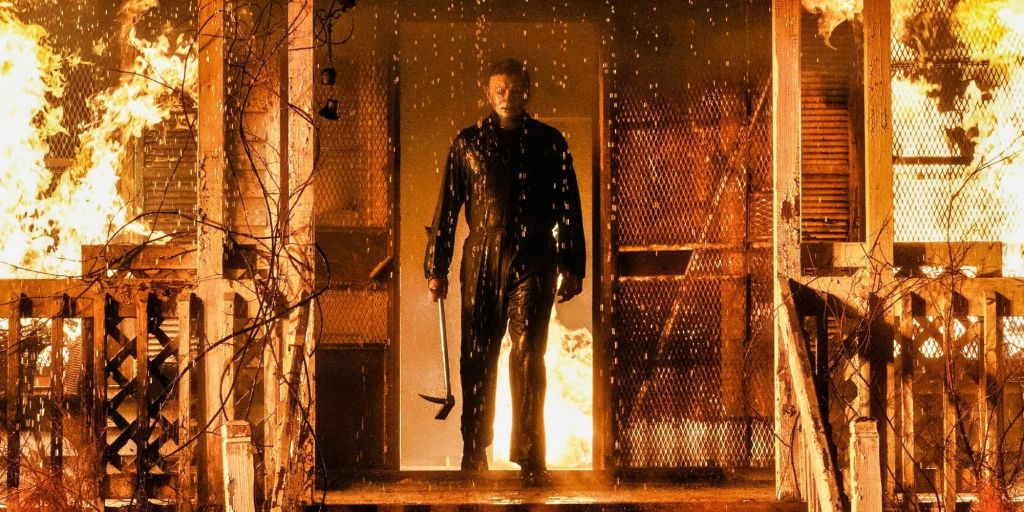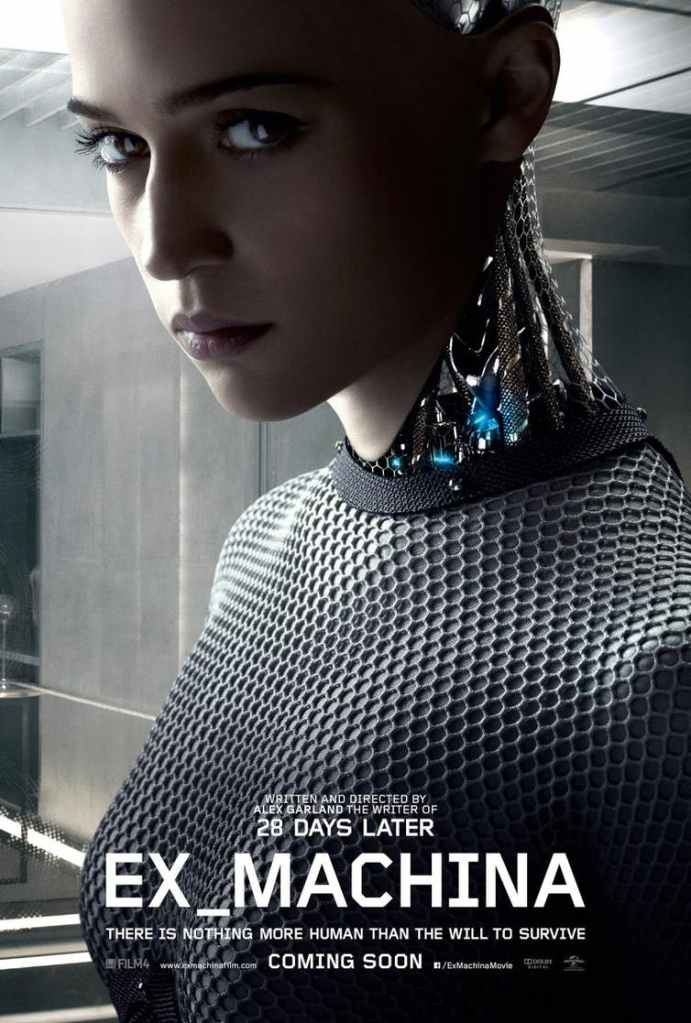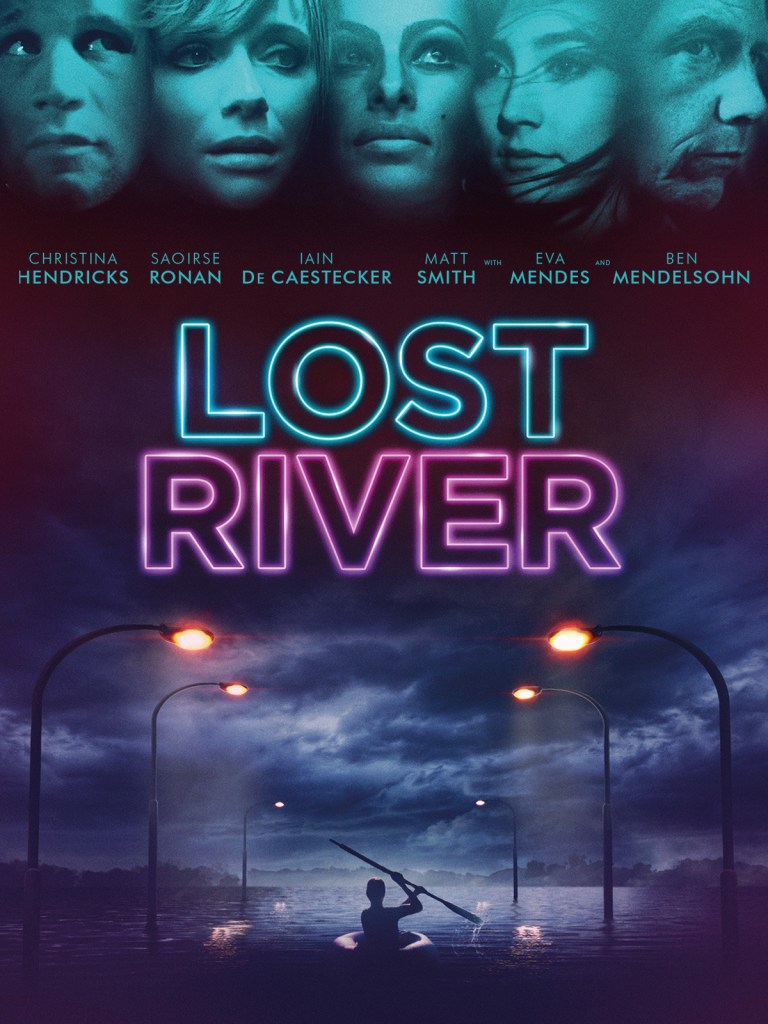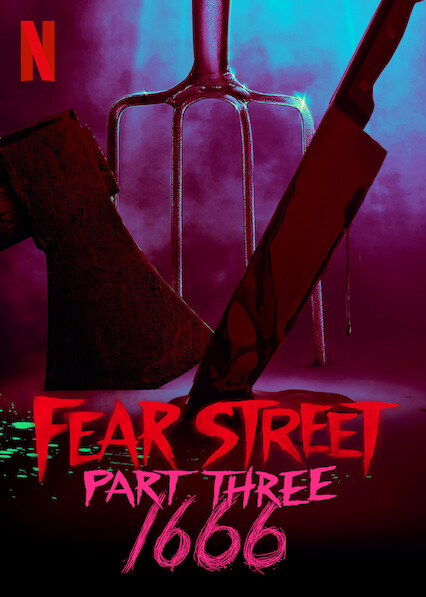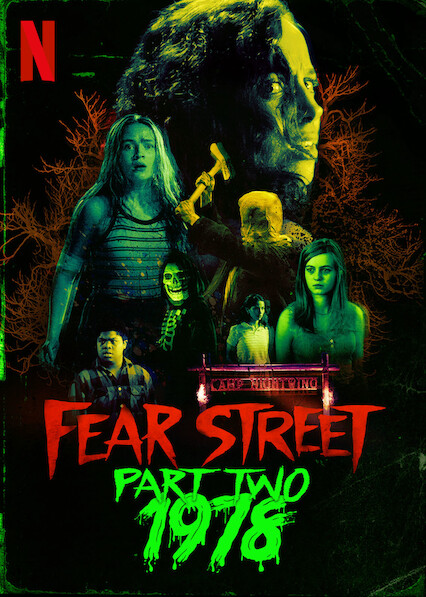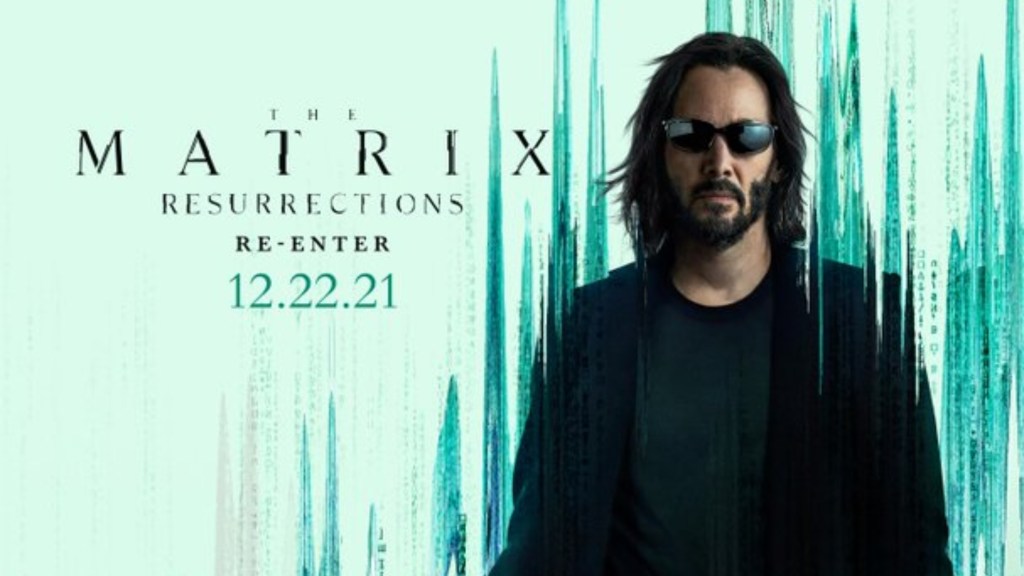
There will be some spoilers in this review, but I will attempt to keep them to a minimum. It’s virtually impossible to review this movie without incorporating some spoilers.
The movie begins as a meta-commentary on itself and the impact of the franchise on the culture following the release of the original trilogy–as well as the video games and other media associated with it, including the animated shorts. The filmmakers don’t shy away from some self-mockery as well as some lighthearted jabs at the fans and in particular the fans who seemed to miss the point the first time around. It’s a strange tone to set things off with, but it certainly works in the sense that it serves as a far better tool to keep Thomas Anderson meek and under control. There’s perhaps no better method of gaslighting than to make the object of the manipulation feel like they’re being ridiculous, childish, or absurd in clinging to things they believe to be true. By transforming Neo’s memories into something trivial like a video game, regardless of how exceptionally well-crafted or profound, The Analyst erodes the will to latch onto those memories as such.
The unconsciously manufactured amalgam of Agent Smith and Morpheus–developed by the enslaved and subdued Thomas Anderson–was an interesting touch, as was the obvious cry for help represented by the modal in which the character was evolving. In the context of the narrative, it worked surprisingly well. It helped that the performance by Yahya Abdul-Mateen II was spectacular, displaying both remnants of the character previously performed by Laurence Fishburne and wry humor derived from self-awareness that he wasn’t the character.
There were several things to enjoy about Resurrections, but it sometimes felt like a bit of a rushed mess, like too much story was crammed into altogether too little time. It could have benefitted, I think, from expanding on certain elements that seemed to have been glossed over, and making it into a longer movie or a two-part release. The only alternative would have been to skip over pieces of the narrative that weren’t provided with adequate exploration for my tastes. The presence of The Exiles, the takeover of The Matrix by The Analyst from The Architect and the subsequent purge, the war in the machine cities, the post-Revolutions history of Zion, and various other components felt like they were given short shrift. Getting right to the action was probably necessary, though, and the filmmakers still managed to squeeze as much exposition as they could into the time they had available.
Overall, like the original Matrix film, it successfully tackled social commentary with the same aspect of nuance embedded within a superficial lack of subtlety. I appreciated that about the original and appreciated it again in this fourth installment. I particularly enjoyed the pointed reference to self-image vs. the image other people see, concerning Neo and Trinity hidden behind vastly different outward appearances. I also appreciated the allegorical aspects Wachowski incorporated regarding processing grief and dealing with loss.
All in all, there’s enough of the old to provide those sparks of nostalgia, and there’s enough of the new to make it feel like it isn’t simply a rehash of what was already done. Unfortunately, taken as a whole, the old and the new don’t mesh together as well as they could. While some of that was an obvious storytelling flourish by the filmmakers, I can’t help but feel like some of it was a failure.
